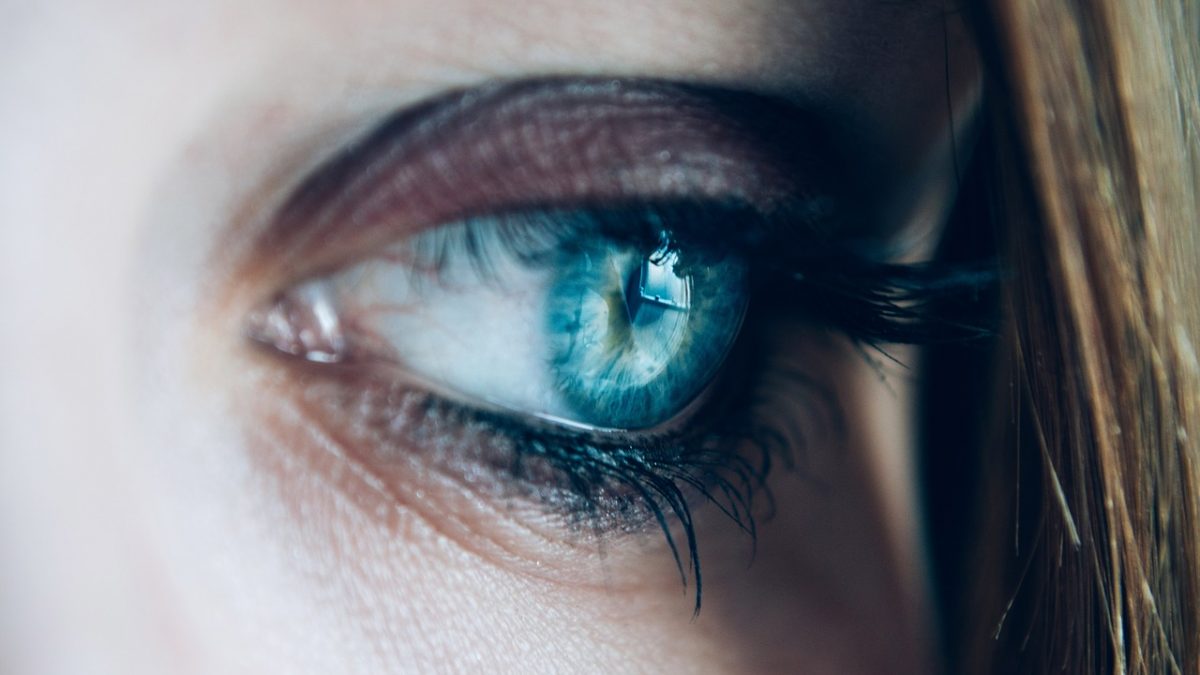Eye conditions are remarkably common. Those who live long enough will experience at least one eye condition during their lifetime.
“In a world built on the ability to see, vision, the most dominant of our senses, is vital at every turn of our lives. The newborn depends on vision to recognize and bond with its mother; the toddler, to master balance and learn to walk; the schoolboy, to walk to school, read and learn; the young woman to participate in the workforce; and the older woman, to maintain her independence.
WHO is committed to working with countries to improve the delivery of eye care, in particular through primary health care; to improving health information systems for eye care; and to strengthening the eye care workforce –three enabling factors for implementing integrated people-centred eye care.” Dr Tedros Adhanom Ghebreyesus, Director-General, World Health Organization
Globally, at least 1 billion people have a near or distance vision impairment that could have been prevented or has yet to be addressed. Reduced or absent eyesight, if not receiving timely attention and care, can have major and long-lasting effects on all aspects of life, including daily personal activities, interacting with the community, school and work opportunities, the ability to access public services and general health status.
The majority of people with vision impairment are over the age of 50 years; however, vision loss can affect people of all ages.
Reduced eyesight can be caused by a number of factors, including systemic diseases like diabetes, trauma to the eyes, age-related macular degeneration, cataracts and infectious diseases of the cornea and trachoma. Blindness and vision impairment more severely impact on the life of people in low- and middle-income settings where accessibility to most essential services and specific government-supported aids may be lacking.
Blindness, vision impairment, eye care and vision care
previous post





